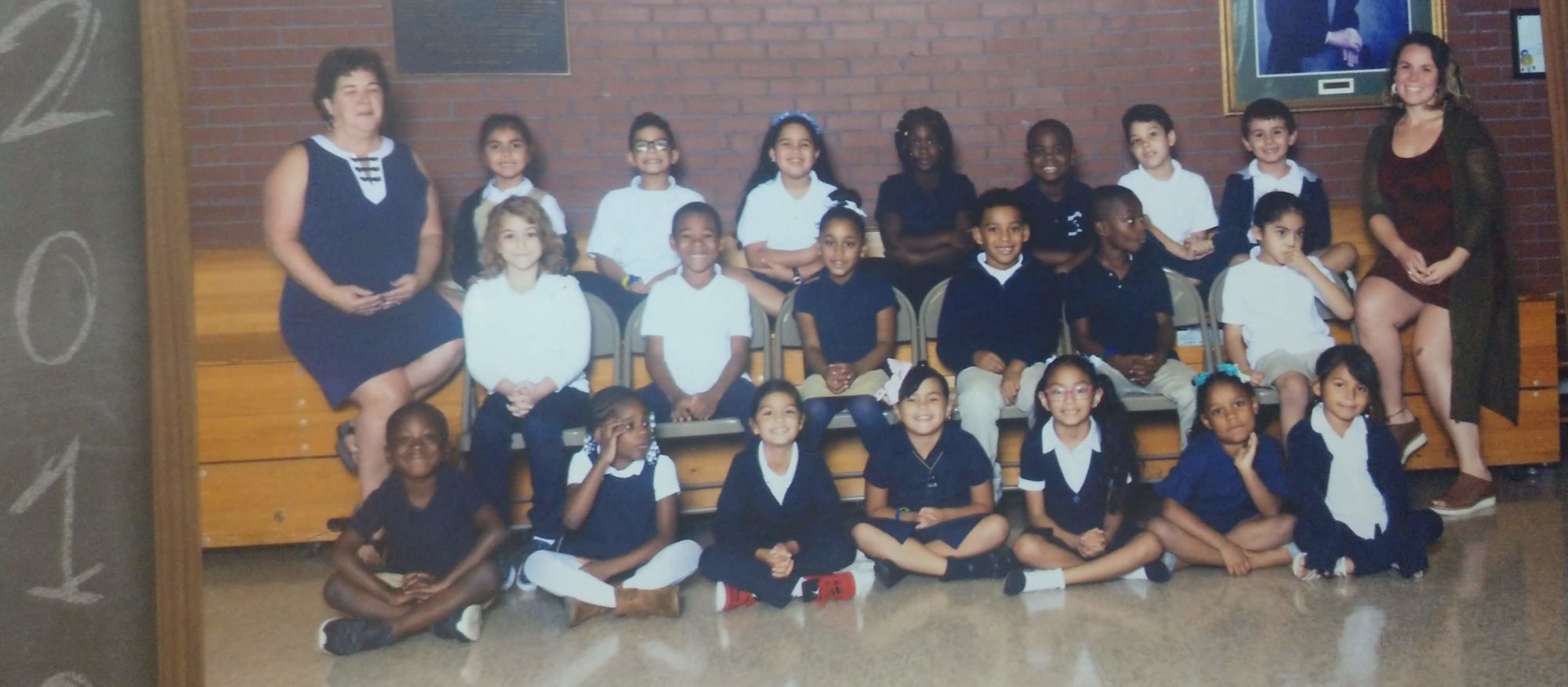Below are the lesson activities for my unit on what it means to be a good citizen. Please click the links to see more lesson plans in PDF format.
LESSON 1: What makes someone a good citizen?
- activity:
Gallery walk: students will observe and compare various people I have chosen as examples of “good citizens” to come up with qualities that they think make someone a good citizen.
We will start looking at the questions of “what did these people see/feel like about their community?” and “What did they do for it?” (Either changing it or improving it).
- assessment: Engaging students in inquiry-based active lesson where we walk around the room observing, writing, and come up with as a class the qualities of good citizens. The end of class will be an exit slip which asks student to reflect on people in their own lives that they think are good citizens.
LESSON 2: Good Citizens are committed to their work.
- activity: Read-Aloud: I will read Before She Was Harriet by Lesa Cline Ransome and draw a timeline of Harriet’s life as the book goes through it to help students follow along.
- assessment:
Exit slip: “Just like Harriet was committed to standing up for her people, I am committed to _______.”
Students will practice their listening and observing skills throughout the read-aloud, as well as making connections with the first lesson to identify some of the qualities in Tubman that were the same as the other good citizens we looked at (bravery, kindness, helpfulness, among many).
The exit slip will serve as an assessment tool to see if they can use the vocabulary we went over, as well as understand the word “committed” in context.
LESSON 3: Good citizens have responsibilities in their communities. What communities are you a part of?
- activity: Make your community web: Students will reflect on which communities they’re a part of and write them down in the provided worksheet. Below they will reflect on how they want to keep their home and school communities.
- assessment: This lesson asks students to work independently to think about which communities they’re a part of. It’s a way for me to get to know them better and for them to see how one person can be a part of many communities. This worksheet serves as an assessment to see they understand what a community means, and they can reflect on ways they want their home and school communities to be.
LESSON 4: What are you committed to so you can keep our classroom community the way you want it to be?
- activity: Students will work in table groups to think of how they want our classroom to be and what they can do to keep it that way.
Their written commitments are taped to the tables as reminders to always be good citizens.
-
assessment: Group work: students will practice the skills of group work including listening, sharing, group brainstorming, and respect. What they write down will be an assessment tool for me to see they understand what committed means in this setting, and as a group they have an idea of what good citizens do to keep their communities the way they want them.
LESSON 5: Interview with a good citizen, Jenny Villegas-Garcia
- activity: Students will write up questions they have for Jenny in morning meeting related to her work with immigrants and how that makes her a good citizen.
- assessment:After the interview, they will reflect on the interview using a 3-2-1 strategy: 3 things you learned; 2 things you found interesting; 1 question you still have.
Bringing in someone from the “real world” to talk about her experience in the field of humanitarian work with immigrants is a wonderful example to hear about how she is brave, confident, and stands up for her community (just as we’ve talked about in class). The reflection piece shows me that students are listening and engaged, and still wondering about more they can learn!
LESSON 6: Recipe for a good citizen! (Final assessment)
- assessment:
Assessment is two fold:
-
A Recipe for a Good Citizen (the “ingredients” are the qualities of a good citizen and the “directions” are things that good citizens do).
-
In groups of 4 or 5, group draw and label on a big piece of paper “Us as Good CItizens in Our Community.”
Students will work independently and in groups to show me their understanding of what it means to be a good citizen. The recipe is a space for students to show me the words we used to describe the qualities of good citizens, and the “directions” of the recipe as well as the Group Draw give space for students to show me what they can do as good citizens.
-
